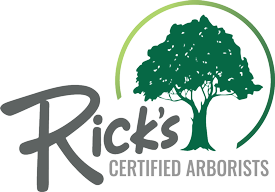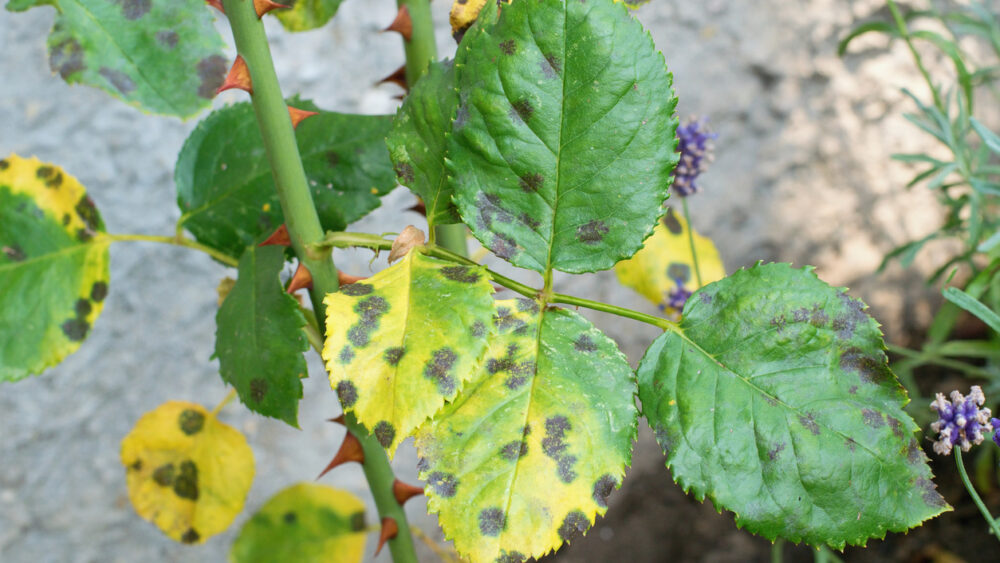Keeping plants of all types and sizes healthy can prove to be challenging at times. Foliar diseases can appear seemingly out of nowhere and wreak havoc on all your healthy plants. That’s right – even the healthiest plants can fall victim to foliar diseases. To prevent this from happening, know what to look for, how to treat it, and how to keep it from occurring in the first place.
What is a Foliar Disease?
Foliar disease is a disease that impacts the leaves of a tree, shrub, or other plants. And it is usually a response to an irritating agent. The majority of the time, this is a fungal or fungal-type organism. Other times it could be due to things like air pollution, nutritional toxicities, or less-than-ideal conditions for proper growth. And, of course, it should be mentioned how common it is for a plant to be a susceptible host for all kinds of nematodes and insects which can cause foliar disease as well.
An arborist is one who can gather background information about the plant, thoroughly examine it, and determine the best form of treatment.
Identifying Foliar Disease
Before you can begin treating foliar disease it is important to determine what is causing it. There are a few steps taken to do this.
- Accurately identify the type of plant, also referred to as the host plant. Knowing what you are working with can aid in determining the source.
- Know the characteristics of the plant. Sometimes certain plants may appear to have disease when it is really just a naturally occurring feature of them.
- Research the common diseases of the plant. Each plant has certain diseases that impact its kind.
- Look for the symptoms and signs of disease. Having all the background information and then looking for the signs and symptoms of foliar disease can narrow down the search as to what type of disease you are dealing with.
Many types of foliar disease can present themselves like another, having the same sort of symptoms or characteristics. This is why it is so important to have a professional examine the plant to make the right diagnosis – and plan for treatment.
Treatment for Foliar Diseases
There are different treatment options available for the foliar disease. Choosing the right one will be based on the disease that is troubling the plant. Generally, your arborist will use one of two main methods – trunk injections and foliar sprays.
Rather than treating the leaves directly, getting the root cause of the problem usually yields much better overall results.
Trunk Injections are beneficial for trees that are suffering from foliar disease that need results quickly. Small holes are drilled into the tree and pesticides are injected into it. Because you are injecting this directly into the root collar, the pesticides can go to work right away – spreading throughout the entire tree in about a week!
Foliar Sprays are also helpful, as they apply fertilizer directly to the leaves of the plant for faster absorption, instead of putting the fertilizer in the soil.
Preventing Foliar Disease
While there are methods to treat foliar disease, sometimes it is easier to avoid it altogether by taking steps to prevent it.
Our biggest tips for foliar disease prevention:
- hire an arborist for a management/spray program
- select disease resistant plants
- keep plants/shrubs/trees thinned to increase air flow
- remove diseased leaves during fall clean ups
- promote healthier trees as healthy trees can fight infection better
Finally, many diseases can spread. If you think one plant is ailing, don’t touch it and then touch another. This is a very easy way to get them to spread and can lead to even bigger issues.
Professional Foliar Disease Treatment From a Certified Arborist
If you think you may be dealing with a foliar disease and you aren’t sure how to treat it, call in the professionals. Contact Rick’s Certified Arborists today.


Comments are closed.